COUNCIL DIRECTIVE 2011/16/EU IN THE GLOBAL CONTEXT OF TAX TRANSPARENCY AND AUTOMATIC EXCHANGE OF INFORMATION, THE. (Colección: «Manual Francis Lefebvre»)
- Sinopsis
- Índice
El Derecho tributario es una de las áreas del Derecho que ha experimentado mayores cambios en los últimos años. La globalización, el desarrollo de las nuevas tecnologías y la última gran crisis financiera han incrementado la presión política y social sobre los gobiernos nacionales para adoptar medidas tributarias que permitan reducir el déficit presupuestario y proporcionen una mayor equidad fiscal.
En un contexto en el que siguen considerándose esencialmente válidos los principios sobre los que se asienta la fiscalidad internacional -a pesar de las adaptaciones introducidas por el Proyecto BEPS de la OCDE-, la cooperación administrativa y el intercambio de información son vistos como una de las pocas herramientas eficaces para luchar contra los fenómenos de la elusión fiscal, la evasión fiscal y la denominada planificación fiscal agresiva. Prueba de ello es que en un período de tiempo muy corto, hemos pasado de la práctica inexistencia de intercambio transfronterizo de información con trascendencia tributaria al nacimiento y expansión de un nuevo estándar de intercambio automático de información tributaria, cuya aplicación más veloz e intensa se está produciendo en el territorio europeo, dadas las características y elementos diferenciadores del Derecho de la UE. En este libro se realiza un análisis crítico y eminentemente práctico de la Directiva 2011/16/UE, que permite comparar este instrumento multilateral de cooperación administrativa con los auspiciados por otras organizaciones internacionales, mostrando sus principales fortalezas y debilidades.
Introduction
Chapter 1
The Directive on administrative cooperation in the field of taxation in
the global context
I. Background of administrative cooperation and exchange of information in the EU: Directive 77/799/EEC and its shortcomings
II. The global economic and political context of the DAC
III. Interrelation between the DAC and other international instruments for exchange of information
Chapter 2
General Issues of the Directive 2011/16/EU
I. Purpose
II. Legal basis
III. Objective, subjective, temporal and spatial scope
IV. Organisation issues
Chapter 3
Exchange of information
I. Exchange of information upon request
II. Spontaneous exchange of information
III. Automatic exchange of information in the original version of the DAC
Chapter 4
Other forms of administrative cooperation
I. Presence in administrative offices and participation of foreign officials in administrative enquiries
II. Simultaneous controls
III. Administrative notifications
IV. Feedback
V. Sharing of best practices and experience
Chapter 5
Conditions of administrative cooperation, monitoring and evaluation
activities, relations with third countries
I. Secrecy clause and use of the information received
II. Grounds for refusal of assistance
III. Most favoured nation clause
IV. Standard forms, computerised formats, channels of communication and language
V. Monitoring and evaluation of administrative cooperation
VI. Relations with third countries
Chapter 6
Evolucion of the DAC towards the global standard of automatic exchange of
information
I. Automatic exchange of financial account information
A. Immediate antecedents: FATCA and OECD CRS/CAA
B. Purpose, scope and content
C. Timeline
D. Form of information transmission
E. Data protection
F. Similarities and differences between DAC 2 and OECD CRS
G. Critical evaluation
II. Automatic exchange of information on cross-border tax rulings and APAs
A. Immediate antecedents and purpose
B. Scope
C. Information subject to communication
D. Form of transmission
E. Timeline
F. Confidentiality and use of information
G. Position of taxpayers affected by the AEOI on cross-border tax rulings and APAs
H. Similarities and differences between DAC 3 and BEPS Action 5
I. Critical evaluation
III. Automatic exchange of information on country-by-country reports
A. Immediate antecedents and purpose
B. The obligation to prepare and file CbCRs
C. Automatic exchange of CbCRs: Scope, Format, Timeline and Limits
D. Towards public disclosure of CbCRs in the EU?
E. Similarities and differences between DAC 4 and BEPS Action 13
F. Critical evaluation
IV. Access to anti-money laundering information by tax authorities
A. Immediate antecedents and purpose
B. Scope .
C. Critical evaluation
V. Automatic exchange of information of reportable cross-border arrangements
A. Immediate antecedents and purpose
B. Basic elements of the regime
1. Mandatory disclosure of cross-border arrangements
Persons obliged to disclose
Reportable arrangements (hallmarks)
Content of
the information to be disclosed
Additional
obligations
Temporal
aspects
Place of
presentation
Consequences
of non-compliance and management of information
2. Automatic exchange of information
C. Privacy, legal professional privilege and right against self-incrimination
D. Critical evaluation
Chapter 7
Taxpayers' rights in cross-border exchange of information procedures
I. Legal protection of taxpayers under the DAC
II. Taxpayers' substantive rights in the ECJ case law
A. Privacy and protection of personal data
B. The role of proportionality: Digital Rights Ireland, Tele2 and Smaranda Bara cases
III. Taxpayers' procedural rights in the ECJ case law
A. Sabou case
B. Berlioz case
IV. Restablishing the balance between taxpayer and tax administration in cross-border EOI procedures: proposals
Bibliography
Relacionados
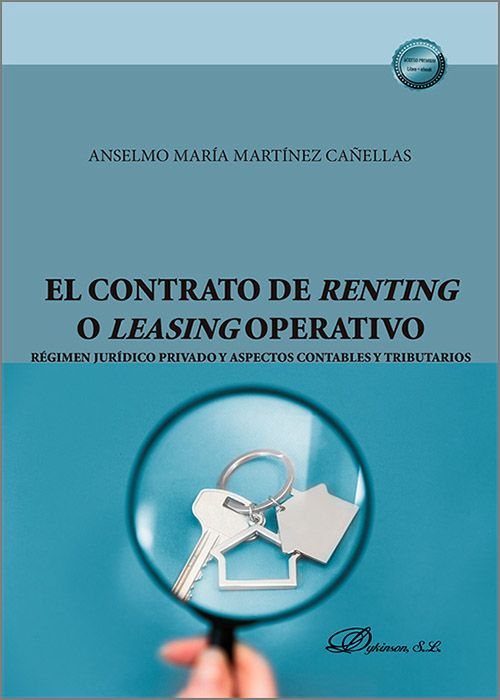
CONTRATO DE RENTING O LEASING OPERATIVO, EL. Régimen jurídico privado y aspectos contables y tributarios.
Ver fichaCONTRATO DE RENTING O LEASING OPERATIVO, E...
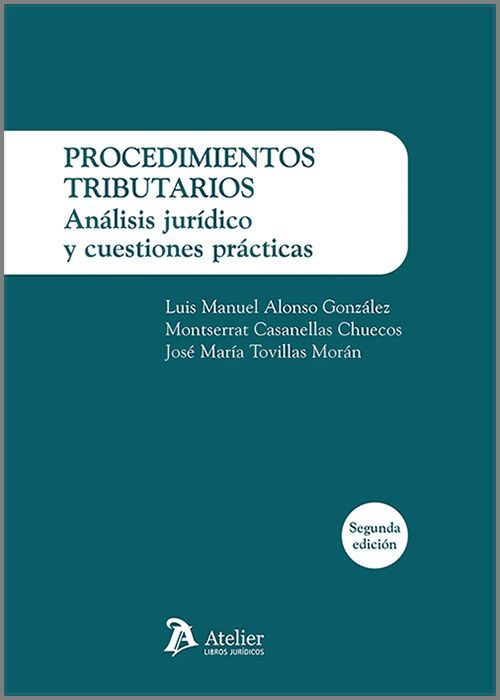
PROCEDIMIENTOS TRIBUTARIOS. Análisis jurídico y cuestiones prácticas.
Ver fichaPROCEDIMIENTOS TRIBUTARIOS. Análisis juríd...
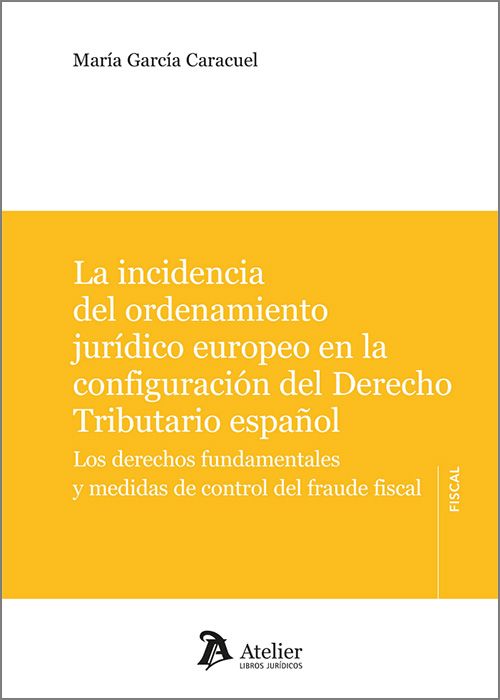
INCIDENCIA DEL ORDENAMIENTO JURÍDICO EUROPEO EN LA CONFIGURACIÓN DEL DERECHO TRIBUTARIO ESPAÑOL. Los derechos fundamentales y medidas de control del fraude fiscal.
Ver fichaINCIDENCIA DEL ORDENAMIENTO JURÍDICO EUROP...
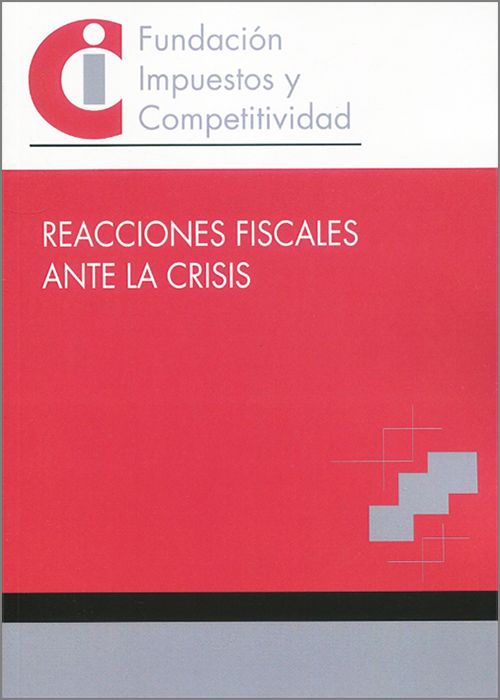
REACCIONES FISCALES ANTE LA CRISIS.
Ver fichaREACCIONES FISCALES ANTE LA CRISIS.
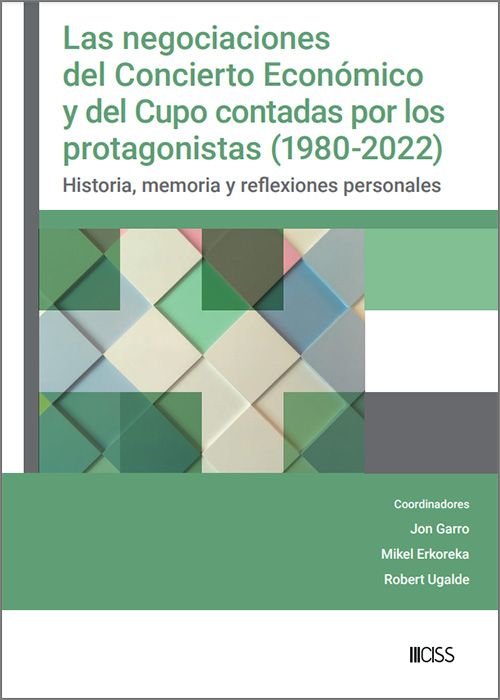
NEGOCIACIONES DEL CONCIERTO ECONÓMICO Y DEL CUPO CONTADAS POR LOS PROTAGONISTAS, LAS (1980-2022). Historia, memoria y reflexiones personales.
Ver fichaNEGOCIACIONES DEL CONCIERTO ECONÓMICO Y DE...
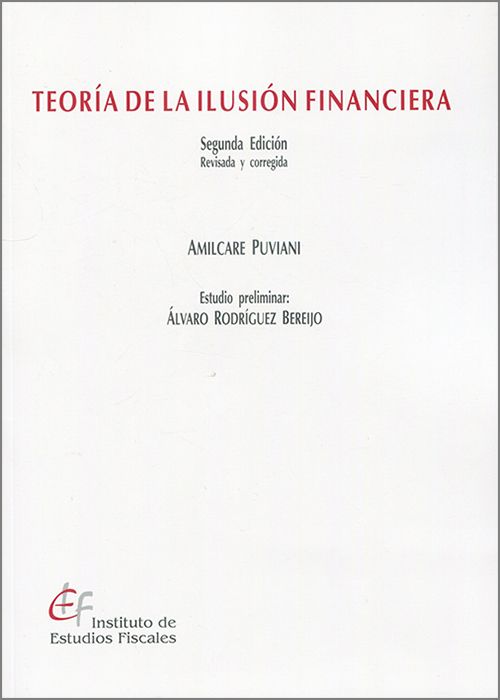
TEORÍA DE LA ILUSIÓN FINANCIERA.
Ver fichaTEORÍA DE LA ILUSIÓN FINANCIERA.

RÉGIMEN JURÍDICO DE LAS SUBVENCIONES PÚBLICAS. Edición adaptada a la Ley General de Subvenciones y al Reglamento para su aplicación.
Ver fichaRÉGIMEN JURÍDICO DE LAS SUBVENCIONES PÚBLI...
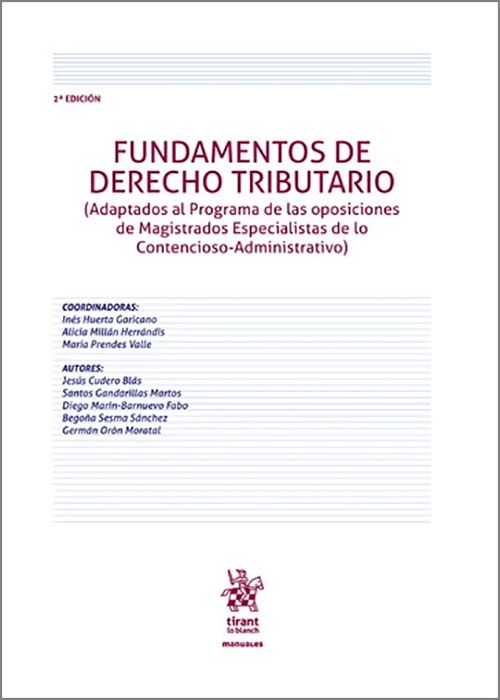
FUNDAMENTOS DE DERECHO TRIBUTARIO. (Adaptados al Programa de las oposiciones de Magistrados Especialistas de lo Contencioso-Administrativo).
Ver fichaFUNDAMENTOS DE DERECHO TRIBUTARIO. (Adapta...
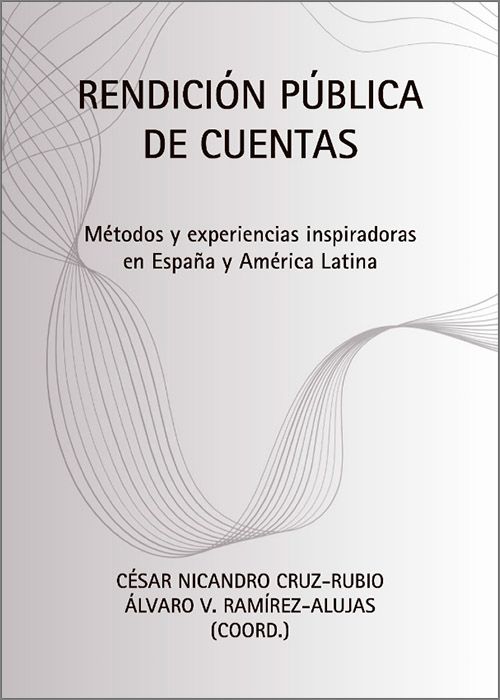
RENDICIÓN PÚBLICA DE CUENTAS. Métodos y experiencias inspiradoras en España y América Latina.
Ver fichaRENDICIÓN PÚBLICA DE CUENTAS. Métodos y ex...
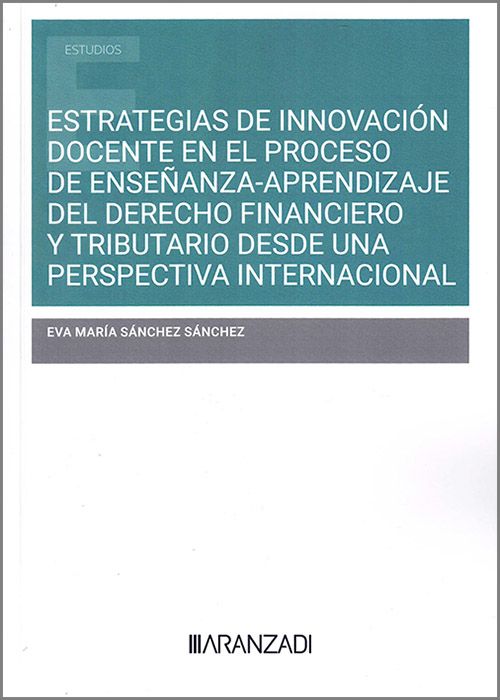
ESTRATEGIAS DE INNOVACIÓN DOCENTE EN EL PROCESO DE ENSEÑANZA-APRENDIZAJE DEL DERECHO FINANCIERO Y TRIBUTARIO DESDE UNA PERSPECTIVA INTERNACIONAL.
Ver fichaESTRATEGIAS DE INNOVACIÓN DOCENTE EN EL PR...
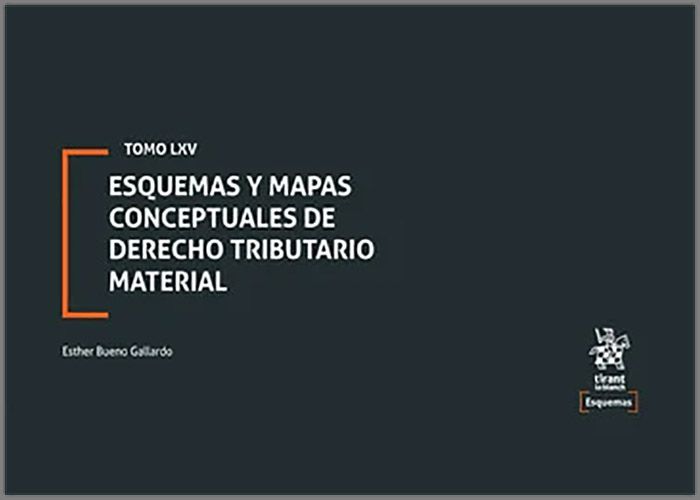
ESQUEMAS. Tomo LXV.- Esquemas y mapas conceptuales de Derecho Tributario Material.
Ver fichaESQUEMAS. Tomo LXV.- Esquemas y mapas conc...
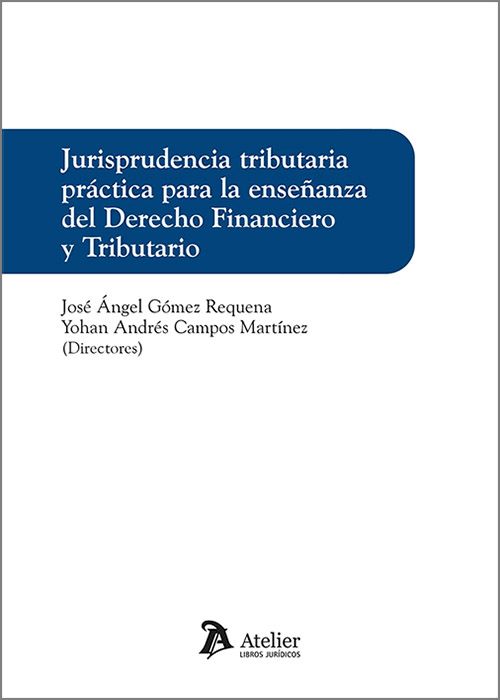
JURISPRUDENCIA TRIBUTARIA PRÁCTICA PARA LA ENSEÑANZA DEL DERECHO FINANCIERO Y TRIBUTARIO.
Ver fichaJURISPRUDENCIA TRIBUTARIA PRÁCTICA PARA LA...

CONTRATO DE RENTING O LEASING OPERATIVO, EL. Régimen jurídico privado y aspectos contables y tributarios.
Ver fichaCONTRATO DE RENTING O LEASING OPERATIVO, E...

PROCEDIMIENTOS TRIBUTARIOS. Análisis jurídico y cuestiones prácticas.
Ver fichaPROCEDIMIENTOS TRIBUTARIOS. Análisis juríd...

INCIDENCIA DEL ORDENAMIENTO JURÍDICO EUROPEO EN LA CONFIGURACIÓN DEL DERECHO TRIBUTARIO ESPAÑOL. Los derechos fundamentales y medidas de control del fraude fiscal.
Ver fichaINCIDENCIA DEL ORDENAMIENTO JURÍDICO EUROP...

REACCIONES FISCALES ANTE LA CRISIS.
Ver fichaREACCIONES FISCALES ANTE LA CRISIS.

NEGOCIACIONES DEL CONCIERTO ECONÓMICO Y DEL CUPO CONTADAS POR LOS PROTAGONISTAS, LAS (1980-2022). Historia, memoria y reflexiones personales.
Ver fichaNEGOCIACIONES DEL CONCIERTO ECONÓMICO Y DE...

TEORÍA DE LA ILUSIÓN FINANCIERA.
Ver fichaTEORÍA DE LA ILUSIÓN FINANCIERA.

RÉGIMEN JURÍDICO DE LAS SUBVENCIONES PÚBLICAS. Edición adaptada a la Ley General de Subvenciones y al Reglamento para su aplicación.
Ver fichaRÉGIMEN JURÍDICO DE LAS SUBVENCIONES PÚBLI...

FUNDAMENTOS DE DERECHO TRIBUTARIO. (Adaptados al Programa de las oposiciones de Magistrados Especialistas de lo Contencioso-Administrativo).
Ver fichaFUNDAMENTOS DE DERECHO TRIBUTARIO. (Adapta...

RENDICIÓN PÚBLICA DE CUENTAS. Métodos y experiencias inspiradoras en España y América Latina.
Ver fichaRENDICIÓN PÚBLICA DE CUENTAS. Métodos y ex...

ESTRATEGIAS DE INNOVACIÓN DOCENTE EN EL PROCESO DE ENSEÑANZA-APRENDIZAJE DEL DERECHO FINANCIERO Y TRIBUTARIO DESDE UNA PERSPECTIVA INTERNACIONAL.
Ver fichaESTRATEGIAS DE INNOVACIÓN DOCENTE EN EL PR...

ESQUEMAS. Tomo LXV.- Esquemas y mapas conceptuales de Derecho Tributario Material.
Ver fichaESQUEMAS. Tomo LXV.- Esquemas y mapas conc...





